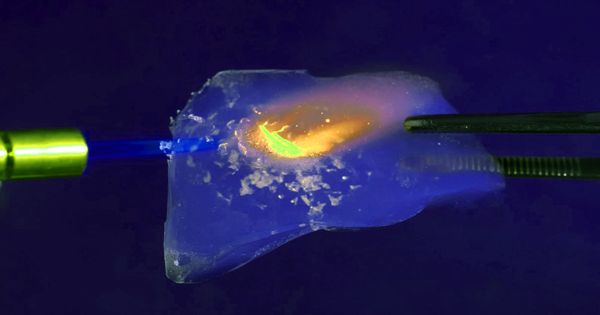A magnetic bearing is a type of bearing that sustains a load by magnetic levitation. Magnetic bearings provide mechanical support for moving parts without requiring physical touch. These are magnetic field bearings, which sustain a spinning shaft or other moving parts without requiring physical contact. For example, they can levitate a rotating shaft and allow relative motion with minimal friction and no mechanical wear. Magnetic bearings can support the fastest speeds of any type of bearing and have no maximum relative speed.
Active bearings have several advantages: they are resistant to wear, have low friction, and can typically automatically adjust abnormalities in mass distribution, allowing rotors to spin around their center of mass with minimal vibration. This technology offers several advantages over traditional mechanical bearings, including reduced friction, longer lifespan, and maintenance-free operation.
There are primarily two types of magnetic bearings:
- Active Magnetic Bearings (AMBs): These bearings use electromagnets controlled by a feedback mechanism to actively manage the shaft’s position. The control system constantly analyzes the position and changes the magnetic field to ensure the required position and stability. Active magnetic bearings offer precise control and are commonly utilized in high-speed applications such as turbines and compressors.
- Passive Magnetic Bearings: Passive magnetic bearings, unlike active magnetic bearings, require no external power source or control system. They use permanent magnets and eddy currents created in conductive materials to generate a stabilizing force. Passive magnetic bearings are simpler and less expensive, but they may not provide as much control as active magnetic bearings.
Advantages
- Low Friction: Since there’s no physical contact between the shaft and the bearing, magnetic bearings produce very little friction, leading to higher efficiency and reduced wear.
- Maintenance-Free: Magnetic bearings don’t require lubrication or regular maintenance, reducing downtime and operating costs.
- High Speeds: They can operate at very high speeds without the risk of mechanical failure due to friction or wear.
- Precision Control: Active magnetic bearings offer precise control over shaft position, allowing for precise speed and position control.
Applications:
- Turbomachinery: Magnetic bearings are often used in high-speed turbines and compressors in industries like power generation and oil & gas.
- Machine Tools: They can be used in precision machine tools where high-speed and high-accuracy positioning are required.
- High-Speed Trains: Some advanced train systems use magnetic levitation (maglev) technology, which is a form of magnetic bearing.
- Medical Devices: Magnetic bearings are used in some medical devices like blood pumps where reliability and precision are crucial.
While magnetic bearings provide numerous benefits, they also have significant drawbacks, including a greater initial cost, sensitivity to electrical disturbances, and the requirement for a backup system in the event of a power outage. However, continual technological improvements are overcoming these difficulties, increasing the popularity of magnetic bearings in a variety of industries.
















